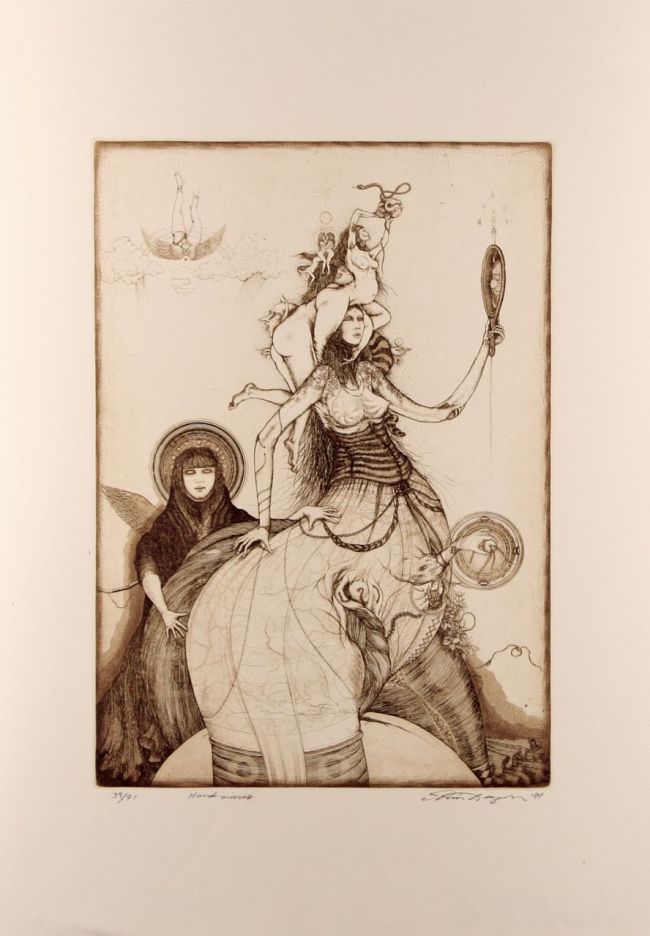“Love the hideous in order to find the sublime core of it.” – Mina Loy, Aphorisms on Futurism. 1914.
“Everywhere we saw half-ruined fountains, satyrs vomiting senilely, nymphs emptying wine upon the lambent flames of dying phoenixes, creatures that were neither satyrs nor nymphs, nor gryphins, but grotesque adminglings of all, slain by one another, with water gushing from wounds in belly and thigh.” – R. Murray Gilchrist, “The Crimson Weaver.” 1895.
More posts forthcoming. Am reading Tales of the German Imagination edited by Peter Wortsman, and also Beckett’s More Pricks than Kicks. I will also update the hopefully-soon-to-be-a-proper-series, Neglected Weird Fiction, with rambling, gnashing, and inefficacious sophistry. I would tell what story I’m planning to use but that would spoil it now, wouldn’t it? (Also seriously considering picking up Stories and Essays of Mina Loy by the great Dalkey Archive. But then again I am also seriously considering picking up almost everything because I am a fucking shameless addict and shelf-sniffer.)

